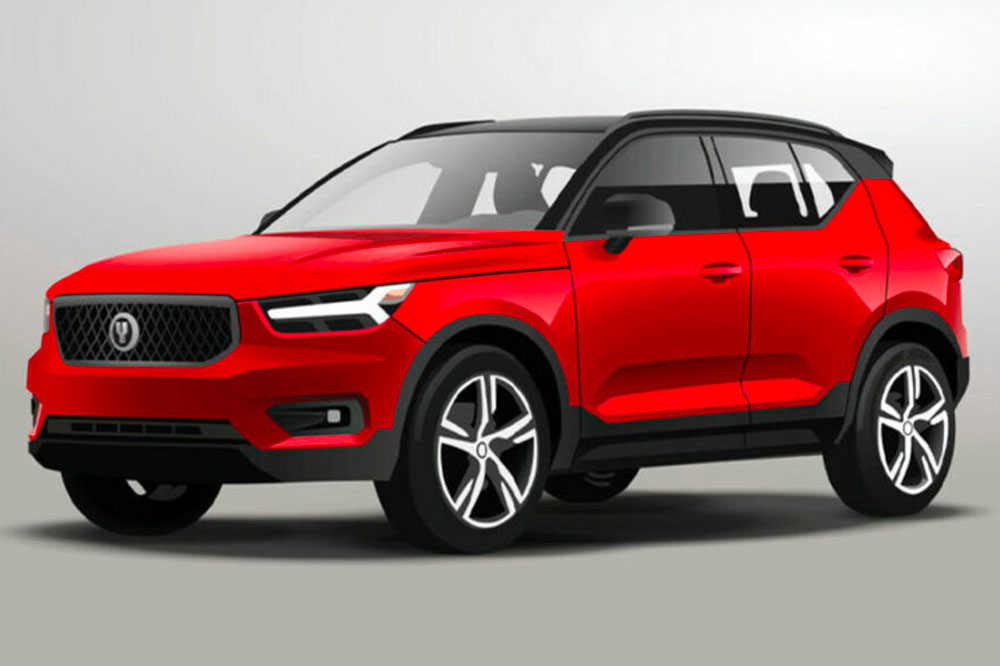
Top 6 safest SUVs of 2022
A sports utility vehicle, or SUV, has become a go-to choice for many American families. One of the main reasons people consider buying SUVs is that it feels safer than other cars, thanks to their large and sturdy build. Moreover, modern SUVs are loaded with a wide range of safety and driver assistance features, making them incredibly safe and reliable. If you’re in the market for a new SUV, you must consider some latest options.
2022 Acura RDX
This crossover SUV from Acura is currently one of the safest vehicles on the market. The automaker has outfitted all trim variants of the 2022 RDX with a suite of safety and driver-assistive technologies, including lane-departure warning, pedestrian detection, lane-keeping assist, automated emergency braking, adaptive cruise control, and traffic sign recognition system.
2022 Volvo XC40 Recharge
If you’re looking for a compact electric SUV with excellent safety features, the 2022 Volvo XC40 Recharge should be your choice. It’s equipped with vital safety and driver-assistance features, like lane-departure warning with lane-keeping assist, automated emergency braking with pedestrian detection, and blind-spot detection. The vehicle also has an advanced body structure and a unique battery safety cage that can protect all passengers in a collision.
2022 Subaru Ascent
With three rows and a seating capacity of up to 8 passengers, the 2022 Ascent is Subaru’s largest SUV. Its standard EyeSight driver assists technology can monitor traffic movement, optimize cruise control, and warn drivers when they’re outside their lane. Higher trim variants of the Ascent feature extra safety technologies like rear cross-traffic alert, reverse automatic braking, among others.
2022 Mazda CX-5
Mazda is a Japanese carmaker known for making safe SUVs; the 2022 CX-5 is no exception. Armed with Mazda’s i-Activsense®1 safety technology, the SUV offers superior protection to the driver, passengers, and pedestrians. Features like adaptive cruise control, automated emergency braking, rear cross-traffic alert, and more are standard on all CX5 variants.
2022 Kia Telluride
The 2022 Kia Telluride is a full-size SUV with three rows of seating. The standard safety features include forward-collision warning, blind-spot monitoring, automated emergency braking, lane-departure warning, and lane-keeping assist. Parents might also appreciate the Lower Anchors and Tethers for Children (LATCH) system across the 2022 Telluride models.
2022 Cadillac XT6
The XT6 is a new three-row SUV from Cadillac. In addition to common safety and driver-assistance features, such as forward-collision warning and automatic emergency braking, Cadillac has furnished the XT6 with a few lesser-known safety techs, including a safety alert seat that vibrates to help the driver identify the direction of a potential crash.
If you’re looking for reliable and powerful pickup trucks, check out Dodge Ram 1500 TRX, Ram 1500, Ram 1500 Classic, Ram 2500, and Ram 3500. Want more options than just pickups? Check out Chevy cars lineup, which includes sedans, hatchbacks, crossovers, and even SUVs.
Speaking of SUVs, the Mercedes Benz G-Class SUV offers out-of-the-world interior designs, exterior upgrades, and unparalleled performance for $139,900. On the other end of the spectrum is the Toyota Tacoma, starting at $27,150, the everyday workhorse pickup truck that is packed with superior performance features and sturdy exteriors.
Choosing from the top SUVs in this segment is just the first step. With a new vehicle purchase also comes mandatory documentation, and that includes auto insurance. Most states in the country require drivers to carry the minimum auto insurance coverage. Insurance protects the vehicle, self, and other parties to the accident from liabilities that occur unexpectedly. Leasing a vehicle requires the car owner to also opt for additional vehicle insurance coverage as per federal laws. This covers damages to the leased vehicle to protect the original owner and his owned assets


